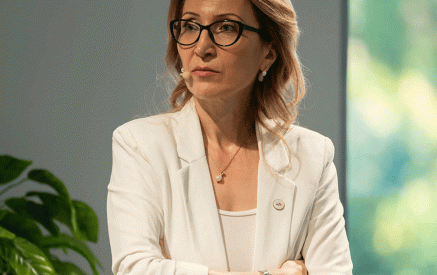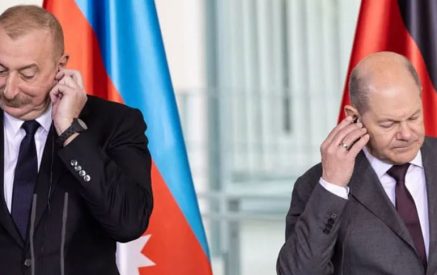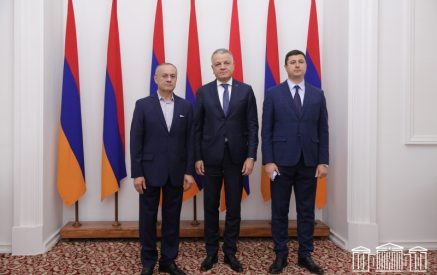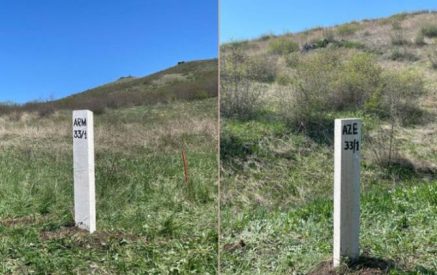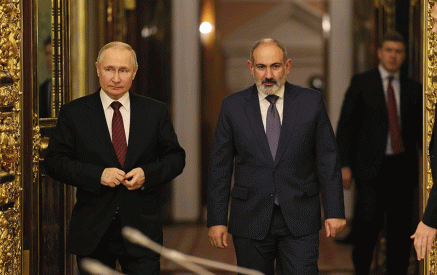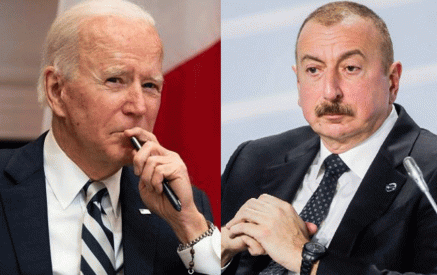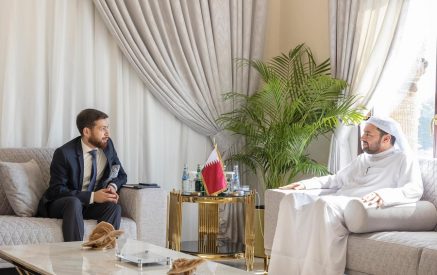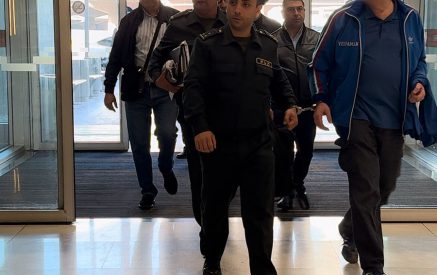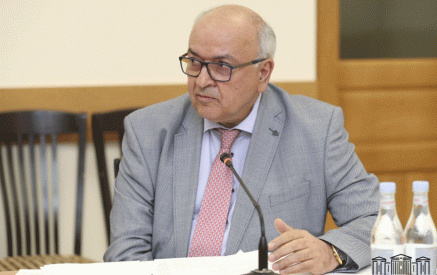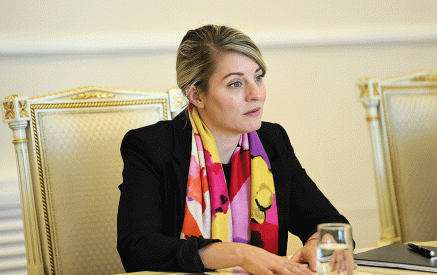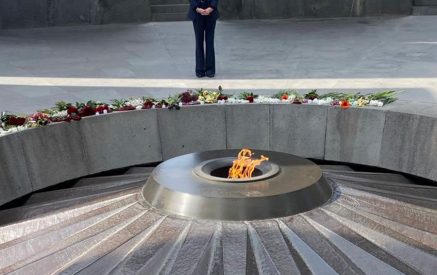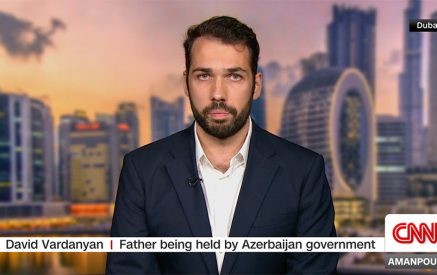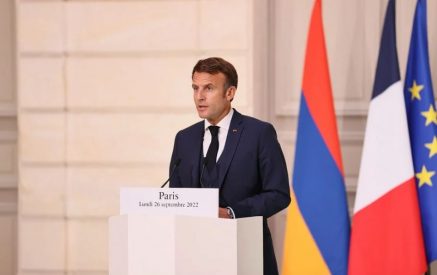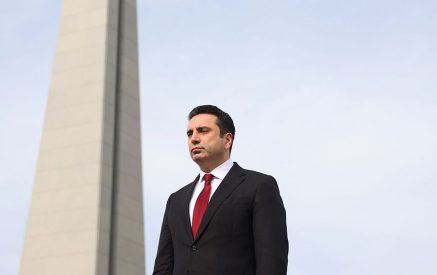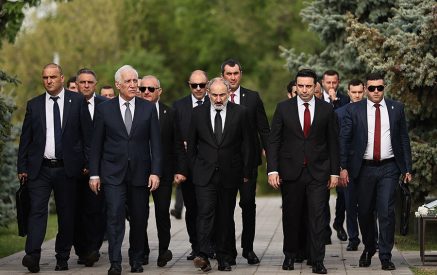EU-Armenia: challenges and opportunities in the negotiations process towards a Deep and Comprehensive Free Trade Area
Dear Minister, distinguished colleagues and guests,
I would like to welcome you to this event dedicated to providing more information on the Deep and Comprehensive Free Trade Area negotiations between the EU andArmenia.
The DCFTA will deepen Armenia’s economic integration with the EU, an overarching aim of our common cooperation objectives. The start of these negotiations means that Armenia has made a clear choice for Europe. As you know, while a DCFTA can be combined with participation in another free trade agreement, it is incompatible with membership in a customs union with third countries.
The EU Trade Policy Committee approved the launch of negotiations towards a DCFTA between the EU and Armenia in February 2012. A ‘zero-round’ preparatory meeting was held in early May, which was followed by the first round of negotiations in Brussels on 19-20 June this year.
The launch of the negotiations is a key step in a long process during whichArmeniahas proven to respond sufficiently to the requirements for starting such negotiations. This agreement cannot be just a piece of paper. It should go hand in hand with real change. It requires further reform inArmenia, which the EU is ready to support.
What would a deep and comprehensive free trade area with the EU mean forArmenia?
This agreement can lead to a wide range of benefits forArmenia.
A DCFTA would implyArmenia’s integration with the EU Internal Market to the fullest possible extent. This includes the elimination of barriers to trade, services and investments. Armenian producers and exporters will, thus, be offered free access to a market with over 500 million high income customers. Experts estimate that Armenian exports could increase by 30%.
At the same time, having such an agreement with the EU, will likely attract more investors inArmeniaand improve the economy. As tariffs and barriers disappear, more products and services will become available to Armenian consumers.
Moreover, all Armenians will win from the reforms necessary for a DCFTA, since standards, laws and procedures inArmeniawill be modernized to EU levels.
- Consumers will start enjoying better quality and safety of products.
- Armenian and European businessmen will be working in your country in a more fair and business-friendly environment, thanks to reforms in customs, administration and competition.
- Inventors and artists will benefit from the protection of intellectual property rights.
- Central and local government authorities will spend more efficiently, and, hence, save taxpayers’ money thanks to a competitive transparent system for public tenders.
Today’s seminar will not only give you information on the overall process, but it would also review the necessary changes in key sectors such as food safety, technical barriers to trade, trade facilitation, quality infrastructure and customs.
I mentioned before that this cannot be just a paper agreement. Change is necessary, for instance in competition and customs.
Customs modernization and trade facilitation will be a key element of the DCFTA. When we meet our EU business colleagues here they keep on telling us about delays at the border and about being levied charges and duties which they regard as inflated and unreasonably high. The customs authorities inform us that nearly 90 percent of the imports coming from the EU are cleared using the Transaction value method, i.e. taxed on what the real costs are to bring the product to the market.
Importers which clear goods from the EU several times a week report that reference prices are applied in 100% of the cases, resulting in prices being 5 to 30 percent higher. There is a clear contradiction here. The EU is interested in reliable statistics on customs valuation and would like to see an independent assessment to get the true picture.
Of course we know that much ofArmenia’s imports originate from high-risk countries and high-risk companies. But the EU is not part of that and we would like to see greater clarity, transparency and fairness regarding imports originating from Europe, theUSand other OECD countries.
Undoubtedly, the DCFTA between the EU andArmeniawill lead to a challenging process of transformation, for example on customs procedures, but we trust that this is a positive process.
It would require change not only on the normative level, but also efficient and consistent implementation.
The European Union believes that with sufficient political will, as well as assistance where necessary, challenges can be successfully overcome. ThenArmeniaand the EU can, in time, finish negotiations and fully benefit from this agreement.



